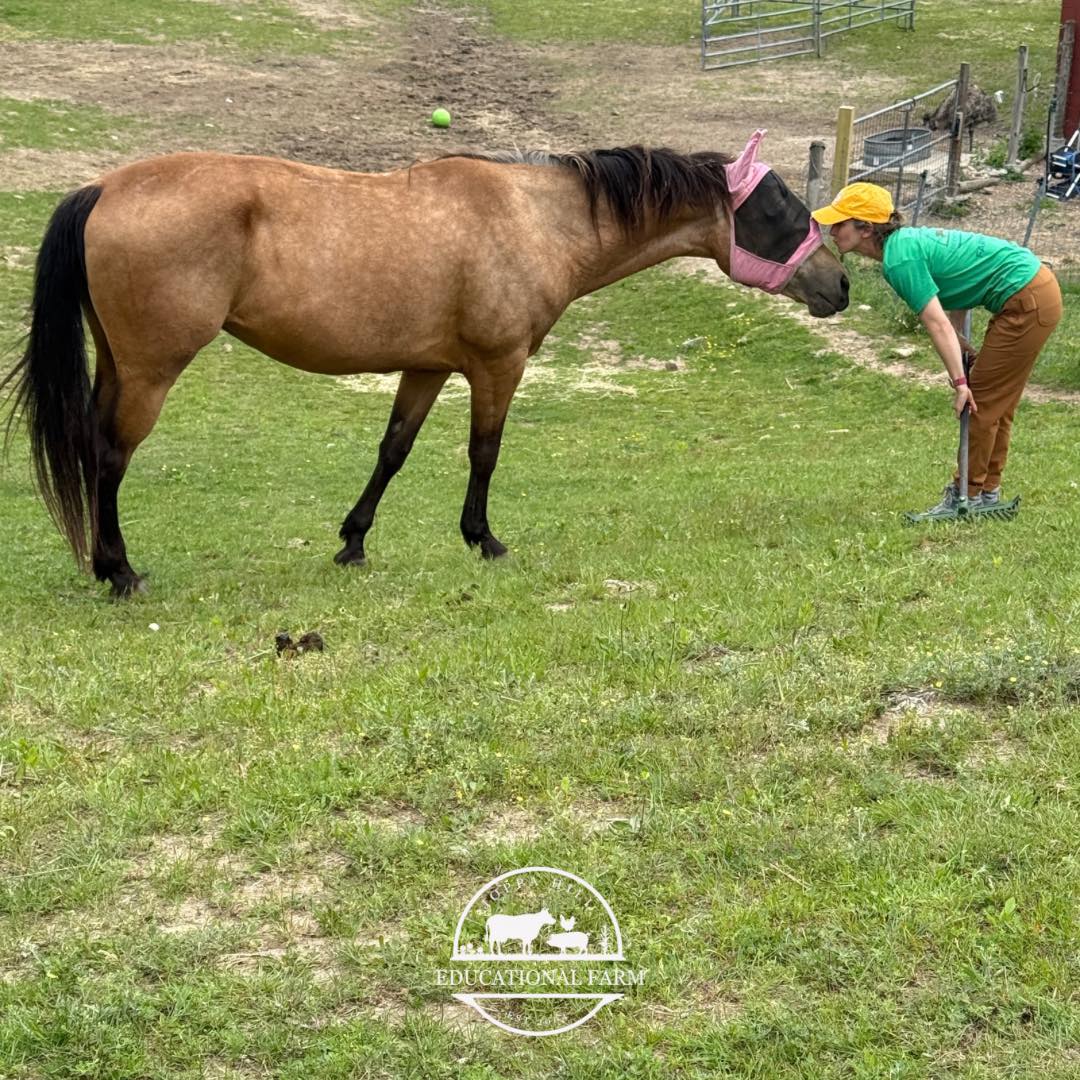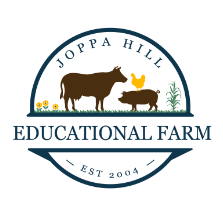Life on our farm is a beautiful blend of motion and stillness—horses grazing peacefully in the pasture, goats bounding through the fields, and our barn cat quietly watching from a sunlit windowsill. Every animal here plays a part in the heart of this place, and their well-being is always at the center of what we do.
Recently, we had the unique opportunity to welcome an equine osteopath to the farm, offering gentle, hands-on care to some of our four-legged residents. In this post, I’d love to share what that experience was like, how our horses responded, and why holistic care is becoming an important part of our animal wellness routine.

I first met Kate Schaffer last year while watching her work with a friend’s horse who was struggling to maintain balance on hills. I was immediately struck by her calm presence and the intuitive way she worked with him. Kate is a certified Equine Osteopath EDO, trained at the Vluggen Institute and listed with the International Register of Equine Osteopaths (IREO). Her work is deeply informed by additional certifications in Equine Sports Massage, Myofascial Release, Cranio-Sacral Therapy, Photonic Therapy, Acupressure, Kinesiology Taping, and the Masterson Method.
What impressed me most was not only her ability to bring visible relief to the animals, but also her thoughtful guidance to owners—offering practical advice on exercise, nutrition, and continued care tailored to each animal’s individual needs.
Kate came to the farm to work with our four equine residents:
- Suzie, a 30-year-old Haflinger pony
- Bessie, our 20-year-old miniature donkey
- Paisley, a 20-year-old Quarter Horse
- Tuff, a 22-year-old Quarter Horse
Each has a long history and a unique story to tell. While they can’t speak to us with words, they communicate volumes through their body language. I was curious—and hopeful—to see what we might learn through Kate’s work.
And we learned a lot.
Through gentle palpation, movement assessments, and osteopathic adjustments, Kate uncovered a clearer picture of each animal’s physical condition. She identified lingering effects of past traumas, signs of arthritis, digestive sensitivity, and even indicators of how well certain organs were functioning.
Suzie showed signs of discomfort likely stemming from her younger riding days—possibly due to an ill-fitting saddle.
Bessie had reduced jaw mobility due to sharp teeth and may benefit from a high-fat diet to support her energy and condition.
Paisley revealed signs of old pelvic trauma, likely from her jumping years, which explained her reluctance to lift her hind legs.
Tuff showed only mild signs of aging, with some digestive sensitivity, but was in excellent shape overall.
There was plenty of good news, too!
- Suzie is in remarkably good condition for her age.
- Bessie—famously stubborn—allowed herself to be handled with grace and ease.
- Paisley, who was hesitant at first, calmly lifted all four legs by the end of her session.
- Tuff, though out of regular work, still carries impressive muscle tone and presence.

Kate spent about 90 minutes with each horse, patiently observing their responses and carefully tailoring her approach. At the end of each session, we reviewed each horse’s history, the likely causes of stress or injury, and how we could support their recovery and comfort through preventive care.
Based on her insights, we’ve already made several changes—adjusting diets, introducing targeted supplements, and incorporating gentle exercises into their daily routine. These small, mindful steps are helping our beloved animals move more comfortably and live more joyfully in their well-earned retirement.
The animals on our farm bring joy to visitors every single day. Many came to us from rescues, from farms that could no longer care for them, or from kind neighbors seeking a peaceful retirement for their animals. Here, they become more than residents—they become ambassadors of New Hampshire’s agricultural heritage, teaching visitors about their roles, their value, and how to care for them with compassion and respect.
As their caretakers, we rely not only on daily love and attention, but on the guidance of skilled professionals like Kate to ensure we’re offering the highest standard of care possible. I’m deeply grateful to the anonymous donor whose generosity made this special visit—and the healing it brought—possible.
If you’d like to support our animals and help us continue this level of care, please consider donating.
To learn more about Kate and her practice, you can visit her website [here].
